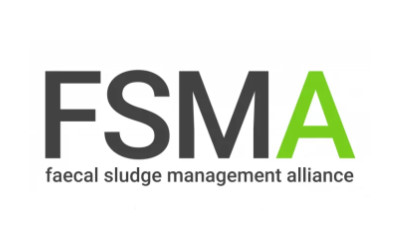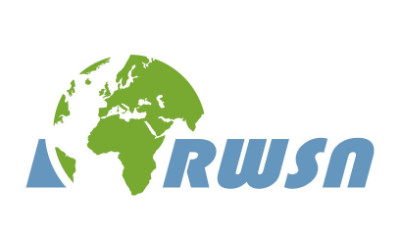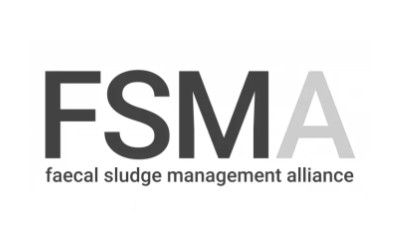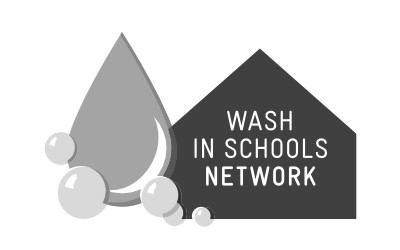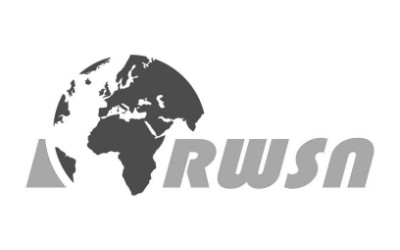Manuel d’utilisation des boues résiduaires issues des stations d’épuration des eaux usées : Etat de l’art et tentatives d’adaptation aux pays de Proche Orient (in French) - Manual for reuse of sludge from wastewater treatment plants: State of the art and attempts to adapt to countries of the Middle East
Soudi, B. (2003)
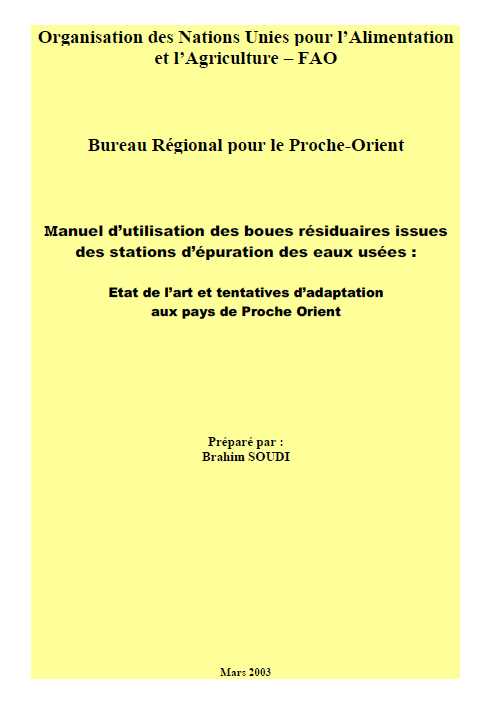
Published in: 2003
Publisher:
Consultancy report for FAO, Morocco
Author:
Soudi, B.
Uploaded by:
SuSanA secretariat
Partner profile:
common upload
4455 Views
27 Downloads
Location of library entry
Content - Summary
Le présent manuel a tenté de faire le point sur les filières de traitement et d’évacuation des boues. Il en résultait que toutes les filières présentent des avantages et des inconvénients sur les plans technique, économique et écologique. Il n’existe pas de solution parfaite. Il a été toutefois démontré qu’un usage rationnel des boues, en tant que produit d’amendement organique des sols, constitue une option écologiquement durable qui consiste à réinsérer la matière organique dans les chaînes trophiques. L’option relative à l’incinération des boues ne se justifie pas sur le plan technico-économique et environnemental. L’option de mise en décharge contrôlée peut être retenue lorsque les possibilités de valorisation des boues ne sont pas offertes ou lorsque les boues sont très chargées en éléments traces. Pour le contexte de la région du proche orient, les options de traitement de boues les plus justifiées sur les plans économiques et écologiques sont le séchage prolongé des boues dans des lits de séchage et/ou le compostage des boues ou leur co-compostage avec d’autres déchets biodégradables (déchets verts, déchets ménagers et déchets de l'industrie agroalimentaire). Soulignons que dans ces régions, la faible activité industrielle en zones rurales et dans les petites et moyennes communes, fait que le problème de métaux lourds se pose avec moins d’acuité que les grands centres urbains. Si le séchage ou le compostage permettent d’anéantir les risques sanitaires liés aux pathogènes, la contrainte relative aux éléments traces métalliques demeure posée et nécessite d’être gérée. Après une mise en point sur les normes en vigueur à l’échelle internationale, des normes guides, exprimées en terme de Teneurs Cumulatives Limites dans le sol, sont proposées. Les principaux paramètres de sol pris en compte, en relation avec le risque de pollution métallique et de transfert des éléments traces dans les chaînes trophiques, sont le pH, la Capacité d’Echange cationique et la texture du sol. Notons que les sols de la région du proche orient sont dans la majorité des cas de pH neutre à franchement basique. Ces conditions atténuent les risques d’accumulation des éléments traces dans les plantes à cause de leur faible solubilité dans ces conditions de pH.
+++++++++++++
This document is old, we are in preparation of a new guide manual in the framework of FAO-ONEE - Branche Eau. But it contains interesting info.
Bibliographic information
Soudi, B. (2003). Manuel d’utilisation des boues résiduaires issues des stations d’épuration des eaux usées : Etat de l’art et tentatives d’adaptation aux pays de Proche Orient (in French) - Manual for reuse of sludge from wastewater treatment plants: State of the art and attempts to adapt to countries of the Middle East. Consultancy report for FAO, Morocco
Filter tags
Faecal sludge treatment processes French Middle East & North Africa







